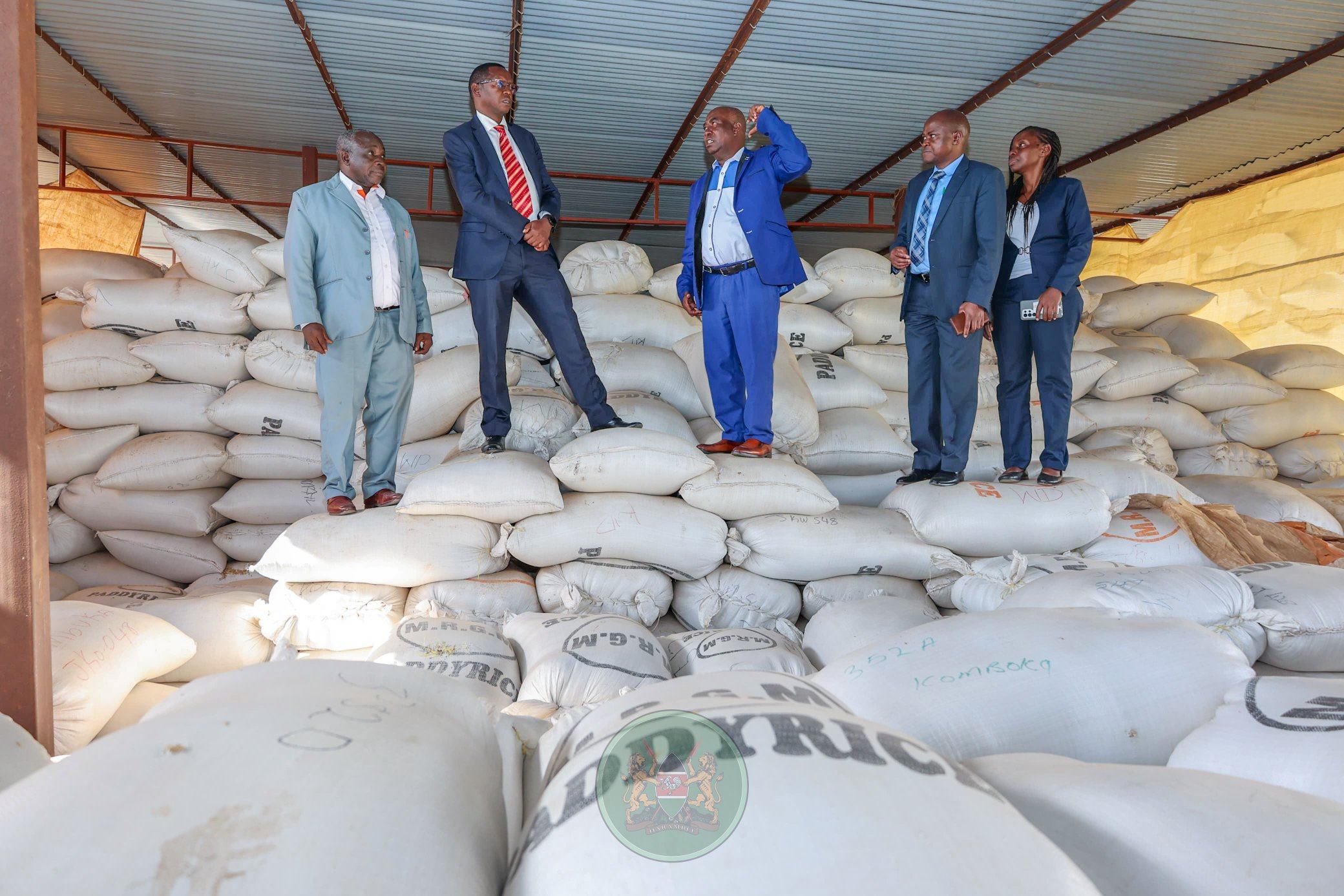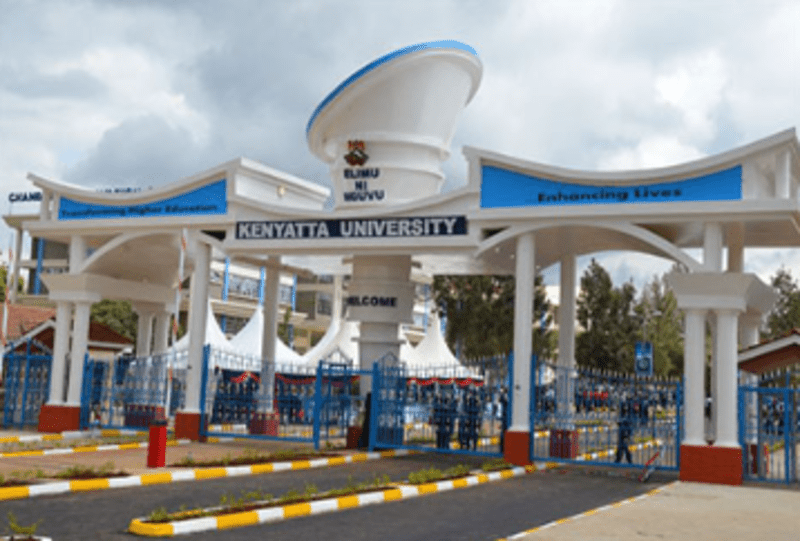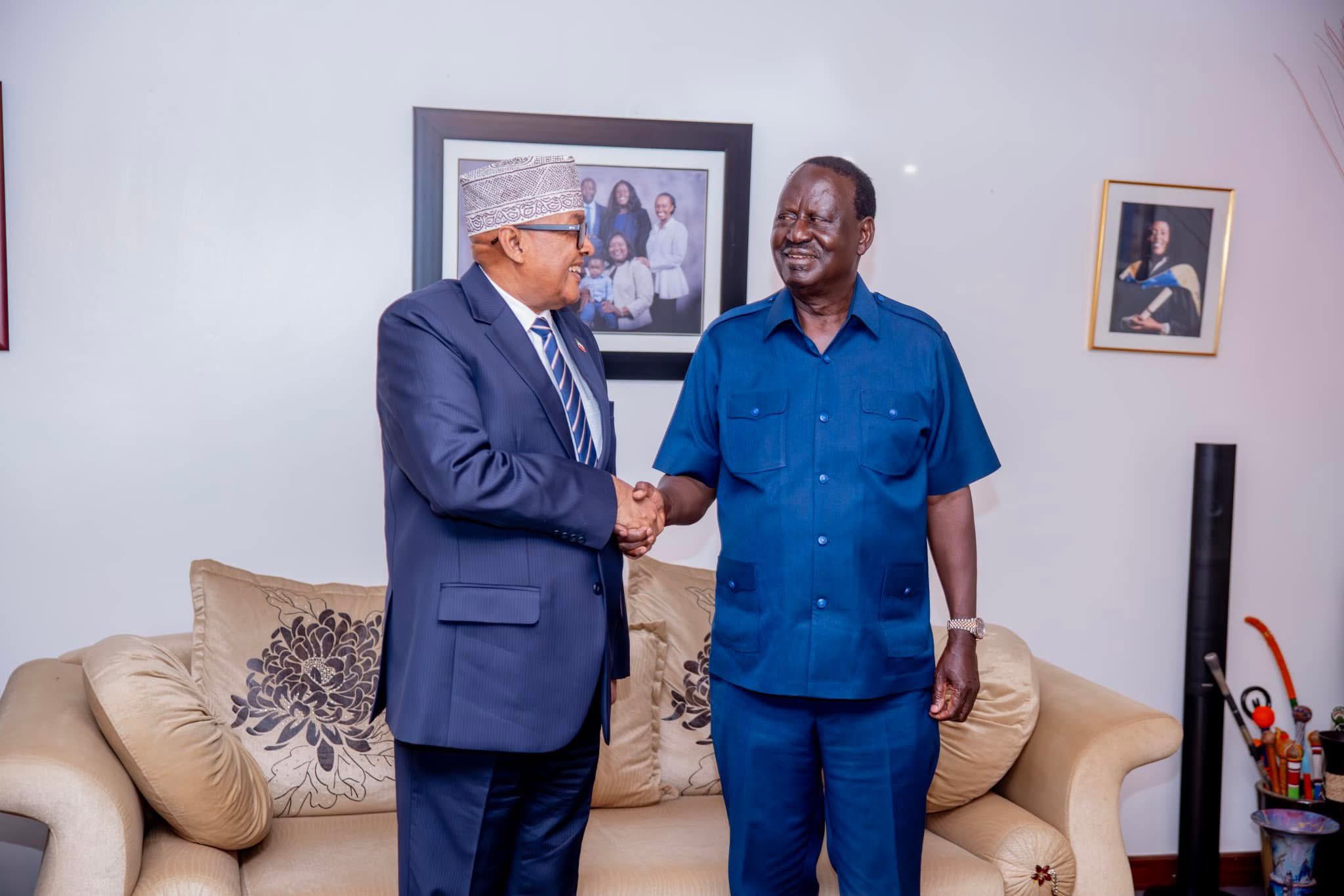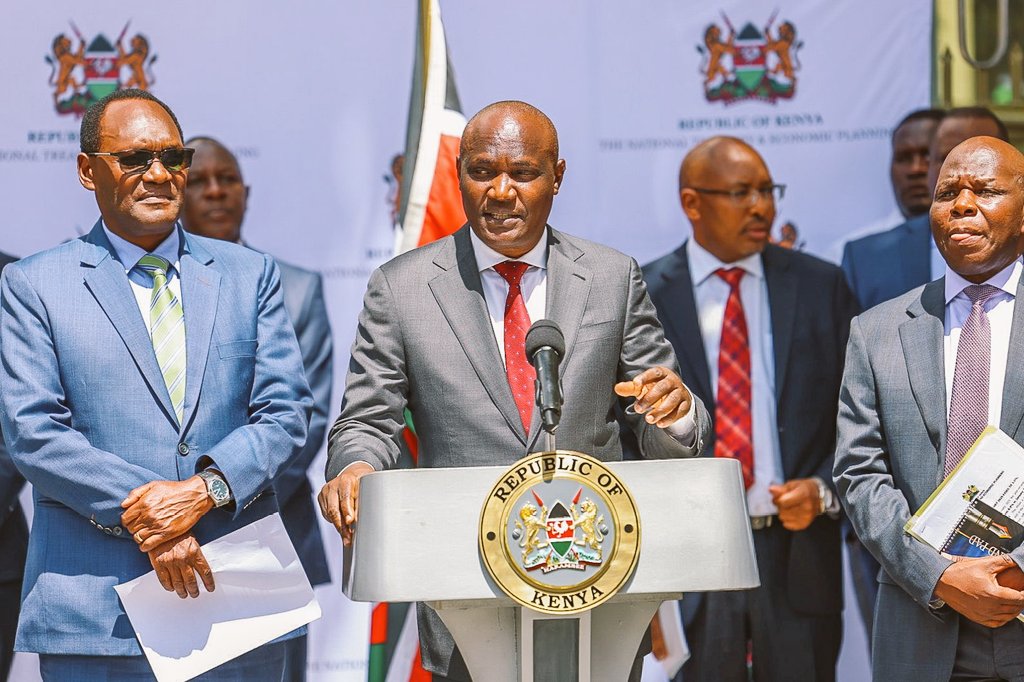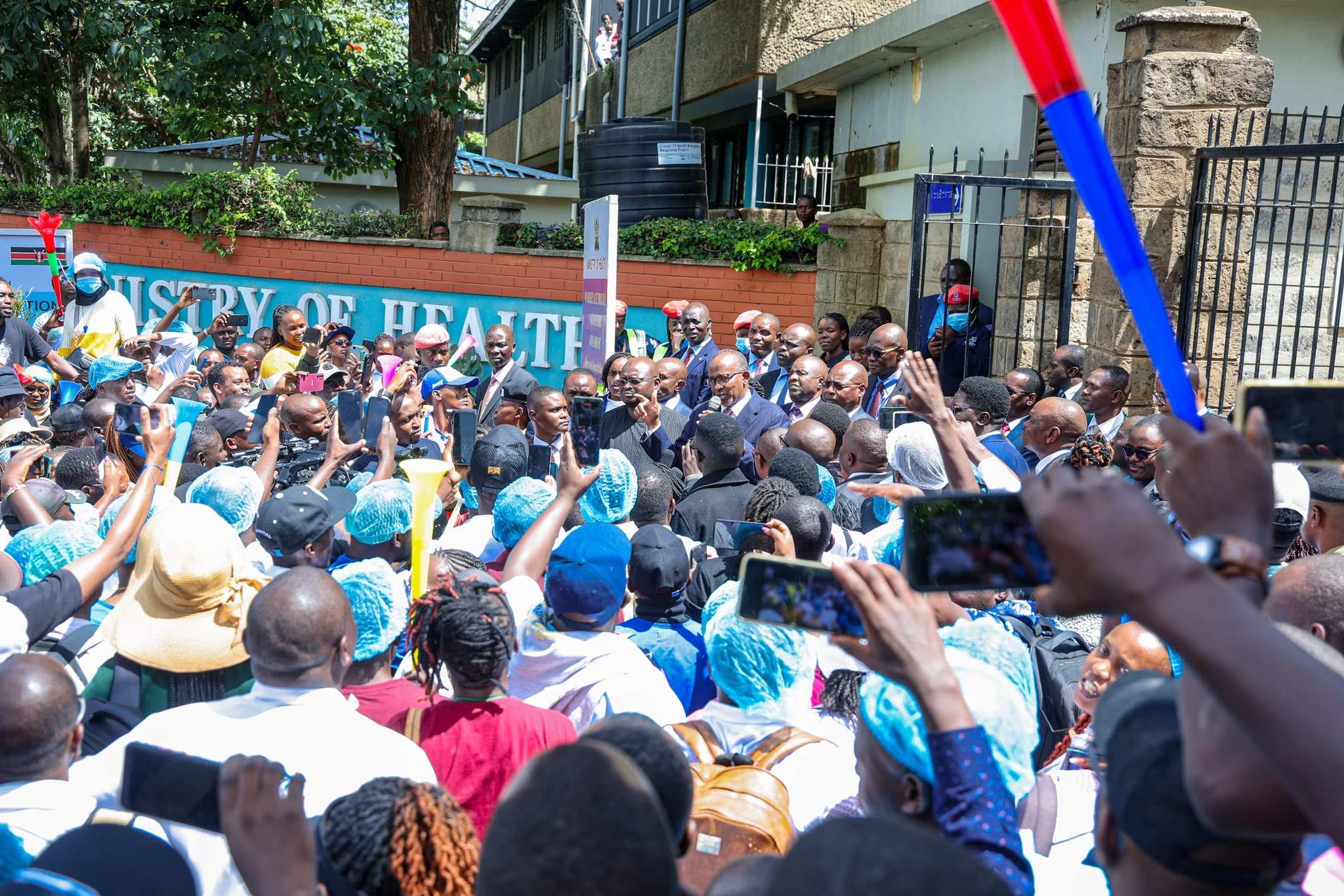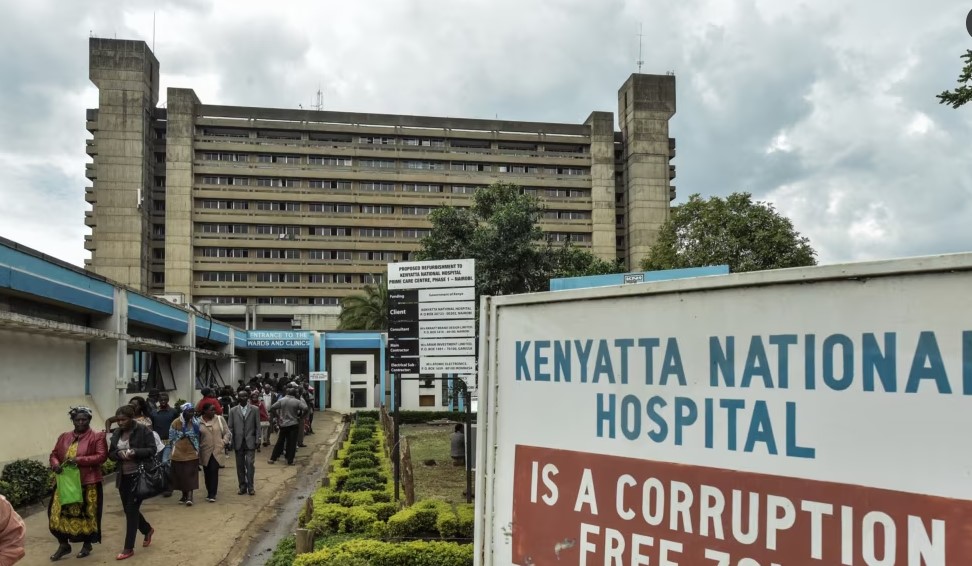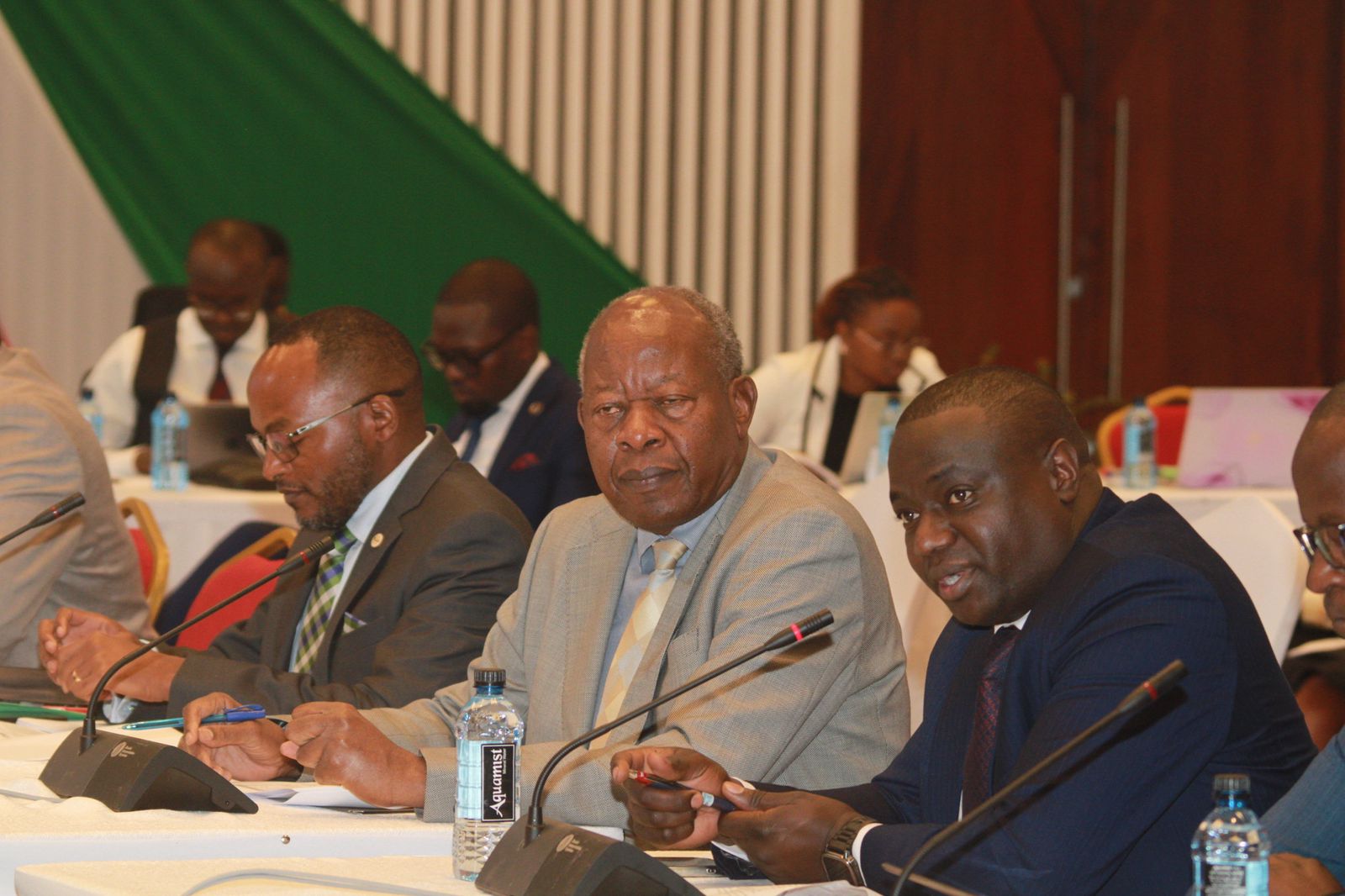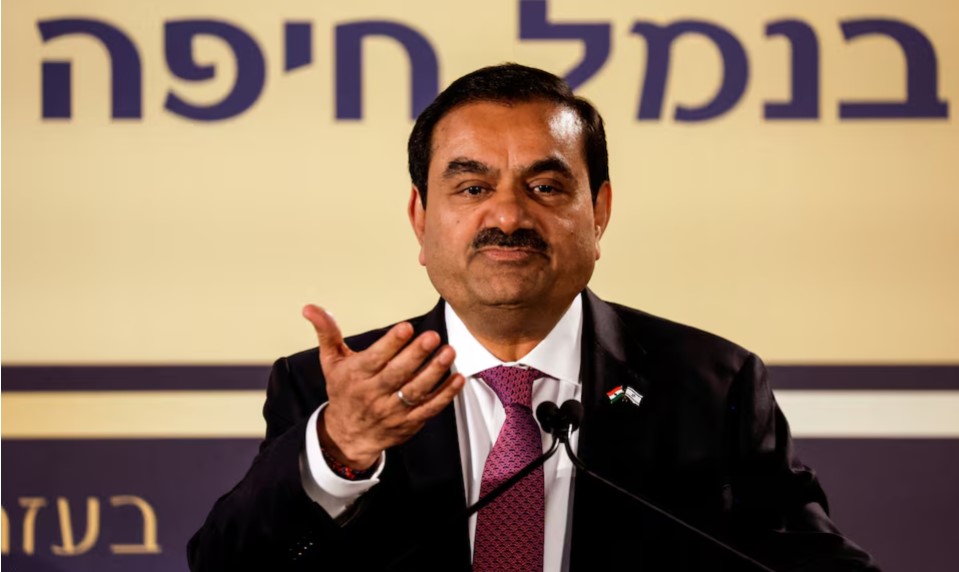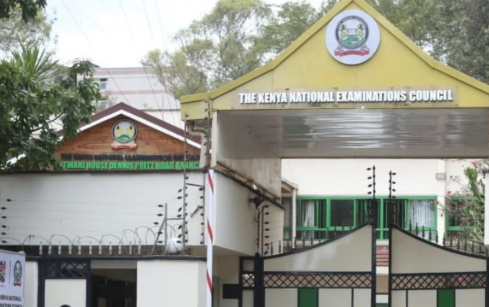COMESA seeks to eliminate trade barriers, enhance security for regional traders
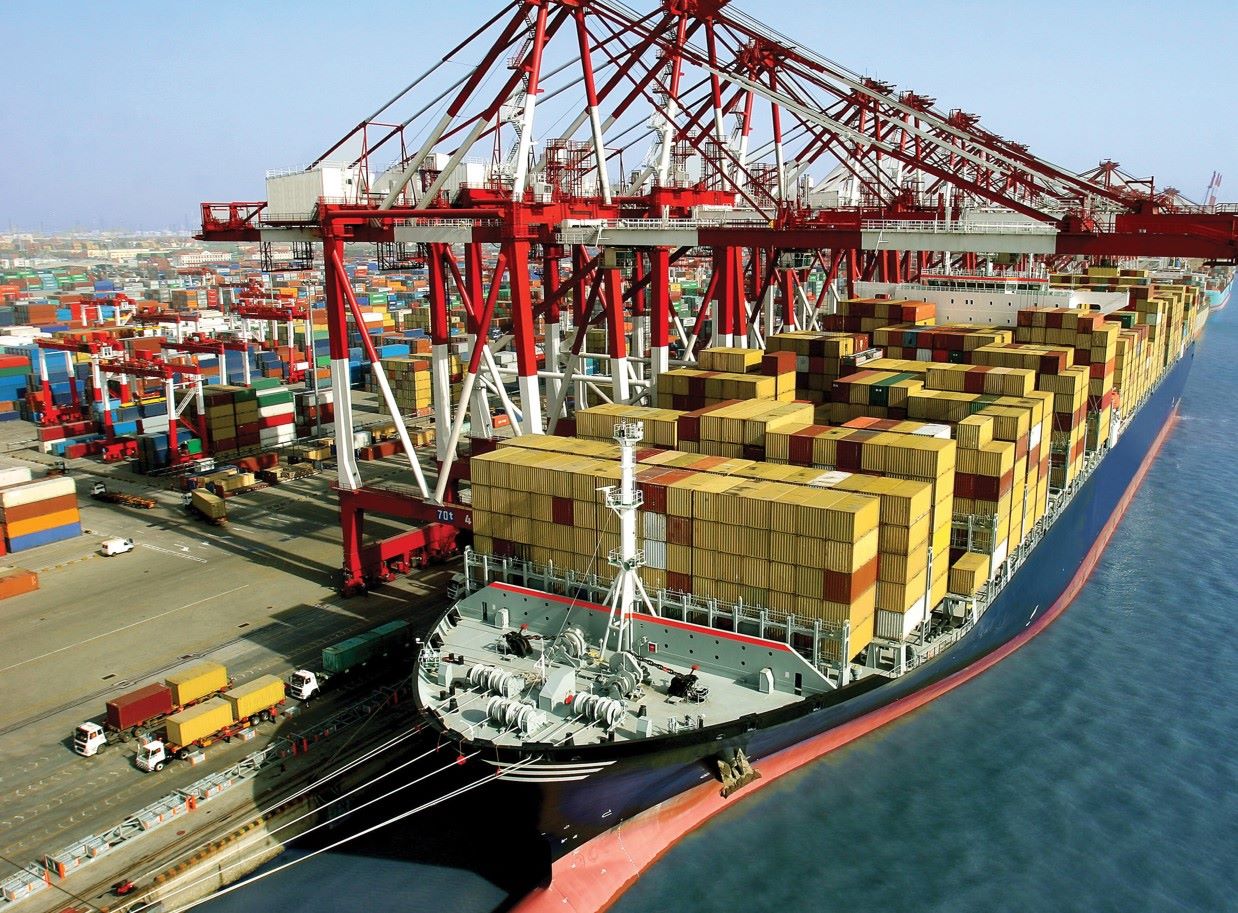
Traders have expressed concerns about trade barriers and security breaches affecting their commercial activities within COMESA member states.
The Common Market for Eastern and Southern Africa (COMESA) aims to foster regional and international integration by eliminating trade barriers and enhancing smooth trading among member states.
Speaking at a three-day Comesa workshop in Busia, Comesa Head of Governance, Peace, and Security, Oita Etyang, highlighted the security concerns for traders and their goods as a priority for member states. He emphasised the various challenges faced by traders at borders and within member states.
More To Read
- COMESA eyes a united response to US trade tariffs impacting member states
- Kenya's sugar imports drop 45 per cent as local production surpasses demand
- Ruto urges Comesa to ratify African payment system to streamline trade
- President William Ruto appointed new Comesa vice chairman
- Moyale border post gets Sh207 million equipment boost from EU
- Kenya champions the free movement of people in east Africa, but it’s failing immigrants and refugees at home
"Security and governance issues are consistently raised by traders operating across Eastern and Southern Africa, who want these concerns addressed," he said.
Traders have expressed concerns about trade barriers and security breaches affecting their commercial activities within COMESA member states.
Delegations from Zambia, Kenya, and Uganda, among others, attending the workshop will discuss the primary issues likely to impede free trade across borders, as well as the challenges that the business sector faces within the area.
Speaking at the event, the Busia County Health Executive Omuse Olakachuna said that the cross-border trade will enhance the business environment in the Eastern and Southern Africa region.
The meeting also seeks to equip the participants with essential knowledge and skills for navigating cross-border challenges effectively.
On July 19, 2024, COMESA also signed a memorandum of Understanding AKADEMIYA 2063 in Rwanda among key things being to leverage data, innovative research, and tools to promote food security and nutrition, address the effects of climate change, and enhance market competitiveness and agricultural trade in the region.
The meeting comes amidst the COMESA-EAC-SADC Tripartite Free Trade Area(TFTA) agreement, which came into force today, following the attainment of the required threshold, to enhance market access, address the issue of multiple memberships and further the objectives of cooperation, harmonization, and coordination of policies among the three regional economic communities.
The Tripartite framework is also based on three pillars; market integration, infrastructure development, and industrial development.
Market integration involves trade liberalization through the creation of a Free Trade Area and arrangements for the movement of business persons, while infrastructure development aims to enhance connectivity and reduce business costs.
Lastly, industrial development aims to create a supportive environment by improving regulatory and legal frameworks, increasing productivity and competitiveness, and implementing programs for structural change.
Top Stories Today


